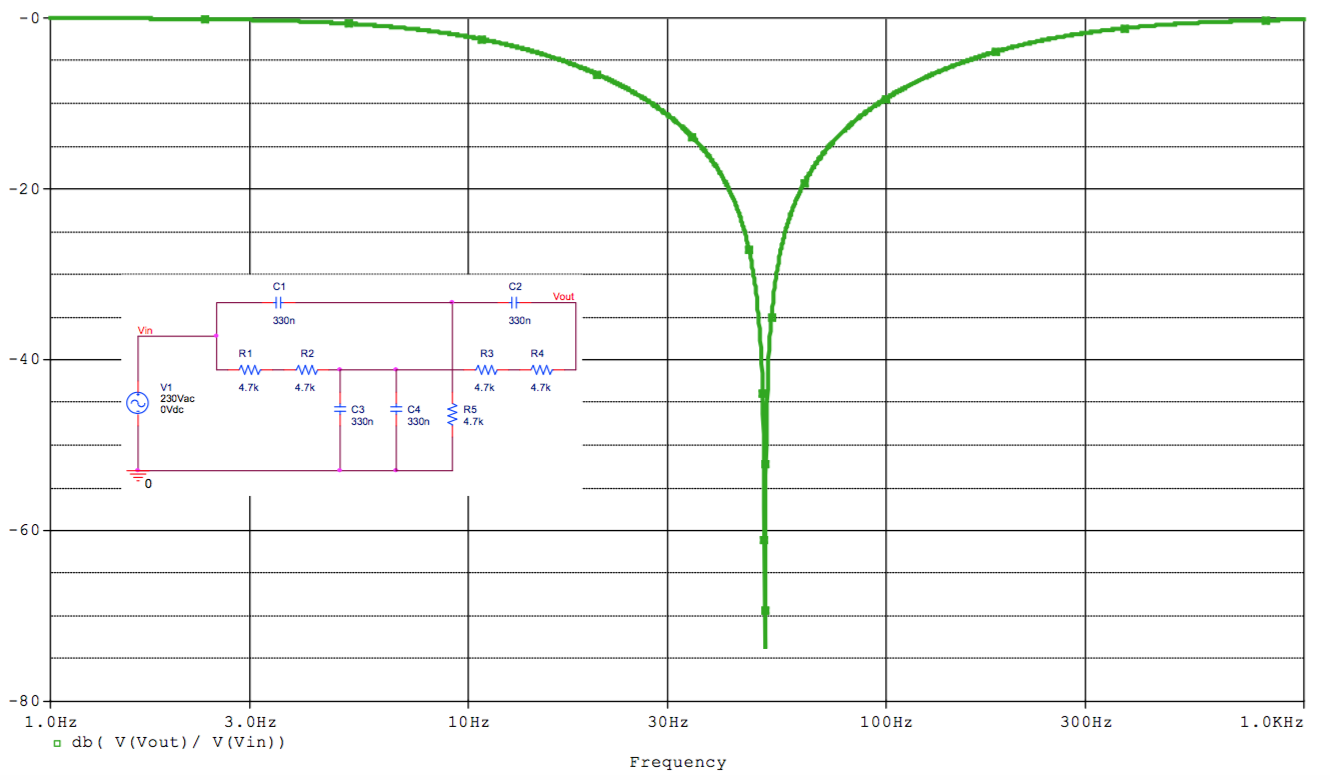|
High-Frequency Sensing and Analysis of the Power Line in Households (B)Status: Abgeschlossen
BackgroundNon-intrusive load monitoring (NILM) is a single-point sensing method for identifying and classifying appliances in a household and measuring their loads. One way to approach NILM is to measure and inspect the electrical noise on the residential power line at an arbitrary electrical outlet. Every device can conduct back noise and the question is, if the noise of an individual appliance, called its signature, is characteristic. In 2010, Gupta et al. presented an approach called ElectriSense , a solution for automatically detecting and classifying the use of electronic devices in a home. Most modern consumer electronics and fluorescent lighting employ switch mode power supplies (SMPS) to achieve high efficiency. The power supplies of these appliances generate high frequency electromagnetic interference (EMI), synchronous to the internal oscillator. Other EMI sources are motors (e.g. fans and hair dryers) due to the continuous making and breaking of electrical contact by the motor brushes. ElectriSense analyses EMI to disaggregate the different appliances. A disadvantage is, that it is not possible to detect resistive loads (e.g. an electric stove or oven) with ElectriSense, because they do not generate EMI during operation.Goals and challengesThe goal of the thesis is to build a single-point sensing infrastructure similar to ElectriSense, applicable with the electrical wiring in Switzerland. In a first step appropriate hardware components must be evaluated for a power line interface module (PLI). The PLI operates with 230V AC and 50Hz and applies several filters to the incoming signal. Then an analog-digital converter (ADC) converts the signal and streams it to a computer which performs the feature extraction and classification of the signature. ElectriSense uses a Universal Software Radio Peripheral (USRP) that digitizes the analog signal from the PLI. In a further step, it will be examined if the analog-digital converter can be realized with cheaper hardware, e.g. with a Raspberry Pi single-board computer. Once the sensing infrastructure exists, the next step is to analyse the electrical noise and detect signatures of several devices connected to the power line. Supervised machine learning techniques ensure the division of appliances into different classes. Once a signature is classified correctly, it should be possible to detect the device with this signature afterwards. It is thus a goal of the thesis to find out if signatures are in fact characteristic such that appliances can be detected on the residential power line. Student/Bearbeitet von: Tino BurriContact/Ansprechpartner: Christian Beckel, Wilhelm Kleiminger |
|
|